1. Position,
position, position!
The most important thing to be sure of is that your dog is either beside you, or slightly behind you. Shy & nervous dogs have the tendency to pull to wherever they feel is safe, and this is often ahead of us. The problem here? If we allow them to forge ahead, they are first to deal with any potential dangers in front of them. This becomes too much to handle, and it can actually increase their reactivity. If they’re beside or behind us, we become the barrier between our pup and the rest of the world. They can then relax, unwind and enjoy their walk as doggos should!
2. The importance of properly-fitted tools
Our scruffs need our guidance, and if they aren’t wearing properly-fitted collars, it becomes harder to help them improve. We strongly suggest using martingale collars, because they give owners more control and reduce the chance of unpredictable situations. With these collars, dogs will only feel release from the pressure when they move forward. With enough walks, their mentality will change from a feeling of panic about what’s ahead, to a sense of relief as they step forward. (But remember – if your collar is making your dog choke, adjust your technique!)
3. Who's the boss?
Contrary to what Hallmark has taught us – don’t stop to let them smell the roses. With smelling comes eating, and with eating comes a number of possible health risks. (We’re looking at you, poop-eating dogs!) It’s important that you dictate the walk, and not the other way around. If you notice that your dog has their nose down a lot, then choose a spot to stop for a pee break on your terms.
4. Bribe-free zone
Leave the steak at home! The biggest mistake you can make is to try and coerce or bribe your dog with treats. This will only work to reinforce their reactive behaviour, and won’t actually correct it. With proper leash work, the release of walking forward will serve as their reward, and they will actively conquer their fears. Go super-doggies go!
5. Save the socializing for another time
Walks are for walking. This goes for all dogs, nervous and confident! When you let dogs stop to meet other dogs on a walk, this sets up the expectation that you will continue to stop for other dogs going forward. If your pup happens to greet another dog who is aggressive, this will increase their own reactivity and risk making them even more nervous and skittish.
